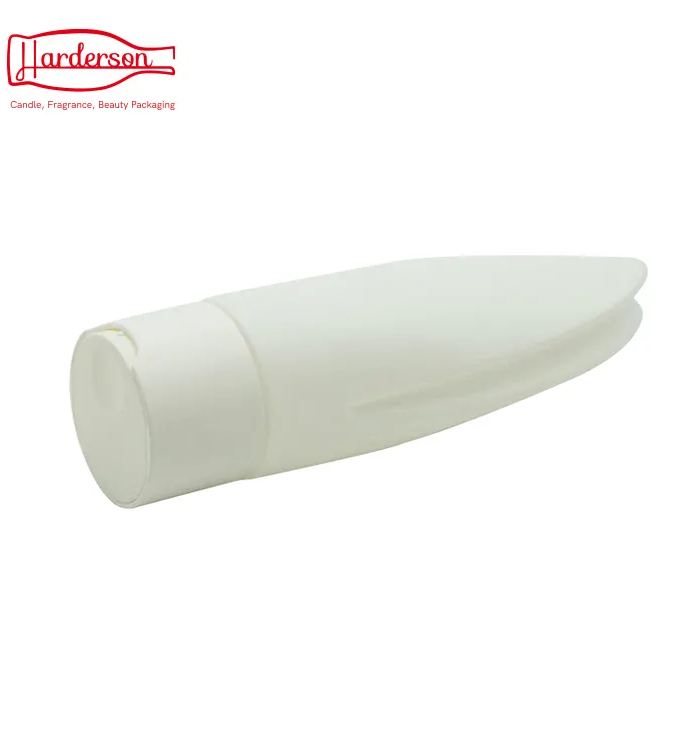
Our state-of-the-art manufacturing facilities at Harderson ensure precision and consistency in the production of cream jars. Utilizing the latest technology, we maintain strict quality control measures to deliver jars that meet the highest industry standards.

Harderson cream jars for traveling are ideal friends for people who are very busy. These little and unspillable vessels are made to fit in any handbag or travel bag so that you can have them wherever you go. With our cream jars, your skincare routine will never be interrupted even if you spend the whole day at work or go on a weekend escapade.

Manufactured by Harderson, the thermal protection cream jars are designed to keep an even interior temperature so that your creams do not get affected by extreme hotness or coldness. You might have put them in storage at a warehouse with high temperatures or displayed them in a freezing retail shop; still, our thermally protective measures will always keep them in their most suitable state which is also the best way of maintaining their consistency and efficacy.

The premium cream jars from Harderson are created to bring your skincare regimen to a whole new luxurious level. Our containers are made of top-quality components that shield active elements from deterioration by air or light over time. What this means is that you get a product which not only looks sumptuous but also feels like one – every time you use it!

The harderson custom cream jars can help you show your brand’s character and ethics in a one-of-a-kind way. Our containers can be made with different colours, logos and patterns that enable you to come up with packaging which stands out on shelves and connects with the people you intend to sell to. If you are introducing a novel product or rebranding an already existing line then nothing beats our personalized creams pots when it comes down to leaving long term effects.

Harderson Crafts started to make bottles and jars from the early 21st century, and up to today our factory covers 10,000 square meters with more than 30 engineers and 150 experienced workers.
In each year, Harderson Crafts designers and engineers finish more than 150 new customer bottles and jars. New blueprints and prototypes are worked out in creative collaboration with customers, and our fast-molding capabilities help to speed up customer's product developments to markets. Harderson Crafts finishes all the surface processes inside our own facility from color spraying, UV coating, silk screen, hot stamping, vacuum metallization, digital printing, laser etching, ultrasonic welding to final assembling.
From our partnership with global brands, we understand the importance of your data security, and you need more than just supplier.
At Harderson, our airless bottles represent the pinnacle of innovation in beauty packaging. These bottles ensure that your precious formulas remain pristine and protected from external contaminants, extending their shelf life and efficacy. With their sleek design and advanced dispensing mechanism, our airless bottles offer a luxurious user experience while maximizing product usage, minimizing waste, and ensuring hygiene.
Our perfume bottles at Harderson are crafted to elevate the elegance of your fragrance line. With a perfect blend of aesthetics and functionality, these bottles protect the integrity of your scents with their airtight seals. The exquisite designs not only enhance the visual appeal but also ensure that every spritz is as fresh and potent as the first, making them a statement piece for any vanity or display.
Harderson lipstick tubes are designed for precision application and luxurious feel. Our tubes feature a smooth twist mechanism for effortless use and a shape that fits comfortably in the hand. The precise applicator ensures even and controlled application, allowing for a flawless finish every time. With a variety of finishes and colors available, our lipstick tubes embody both style and substance.
Experience the convenience and hygiene of Harderson's cream tubes. Engineered for easy dispensing without the need for dipping fingers into a jar, our tubes maintain the purity of your creams while reducing the risk of contamination. The controlled dosage ensures that every application is just right, making them ideal for skincare and beauty products that require a touch of luxury and practicality.
Yes, we offer custom branding and printing services. We can print logos, labels, and other designs according to your specifications.
We use a variety of materials such as PET, PE, VMPET, CPP, and others, depending on the product and customer requirements.
Yes, we adhere to strict quality control processes and hold relevant certifications to ensure our products meet international standards.
